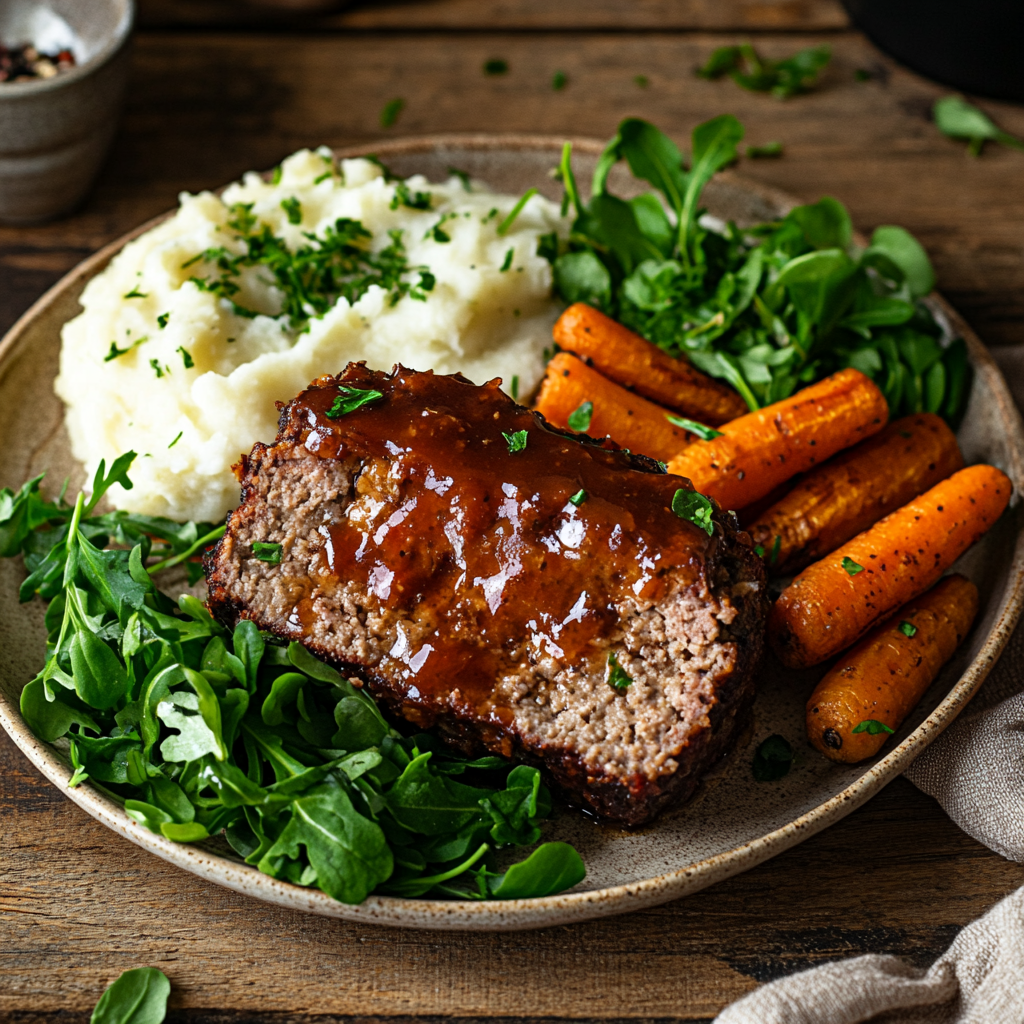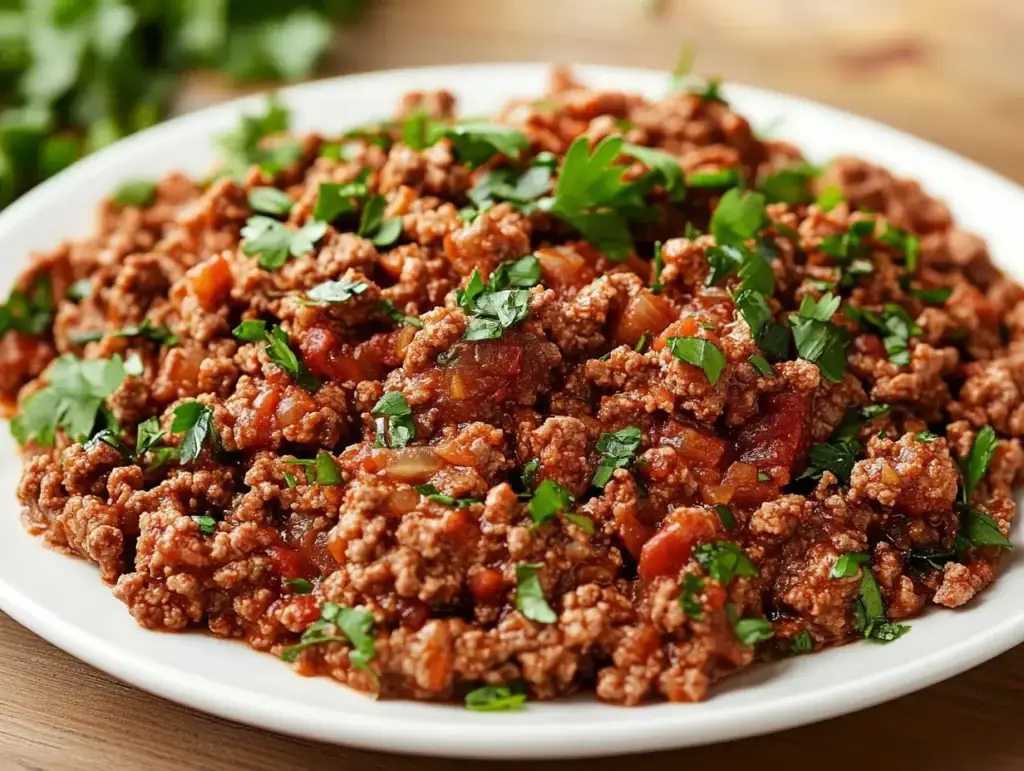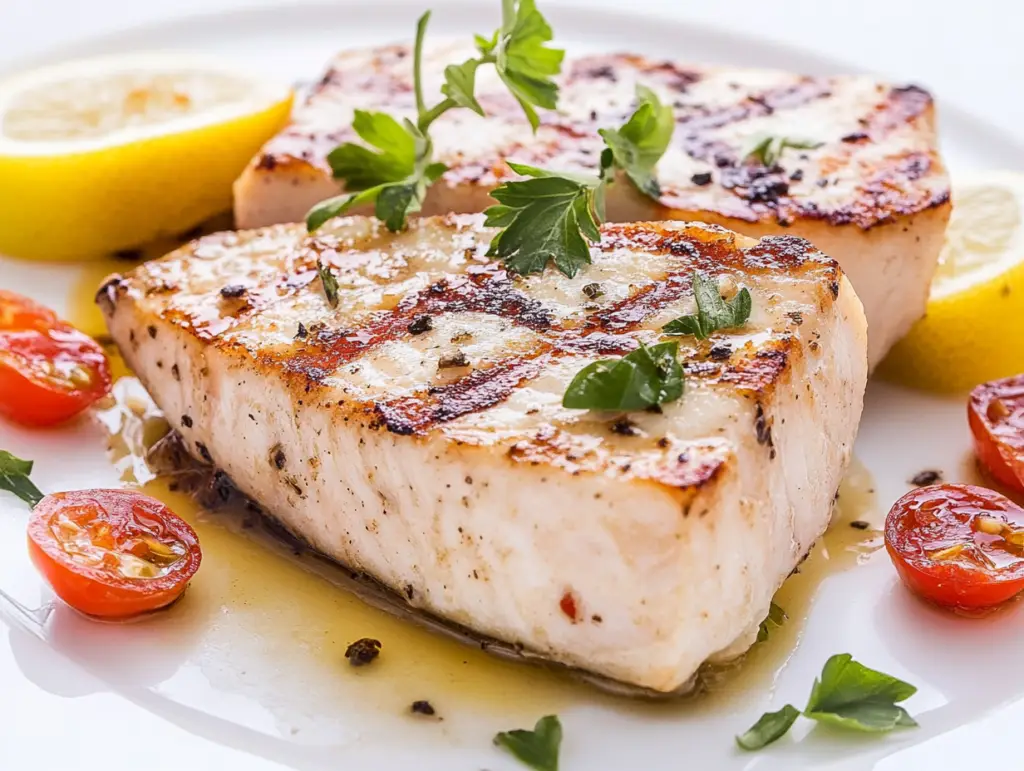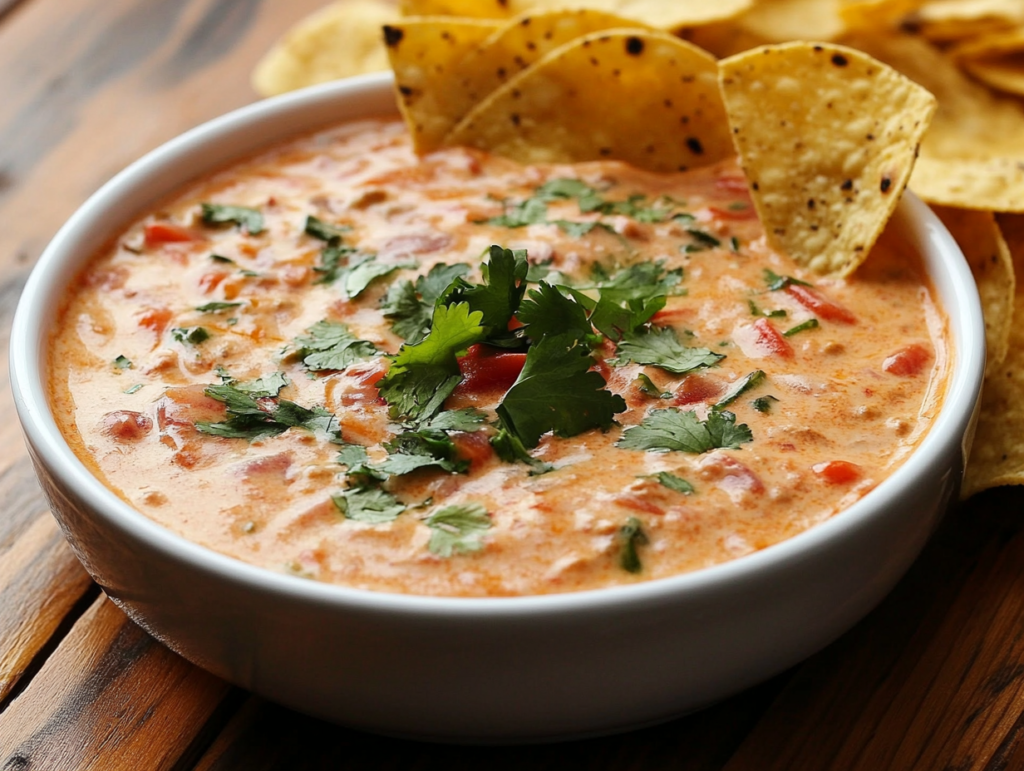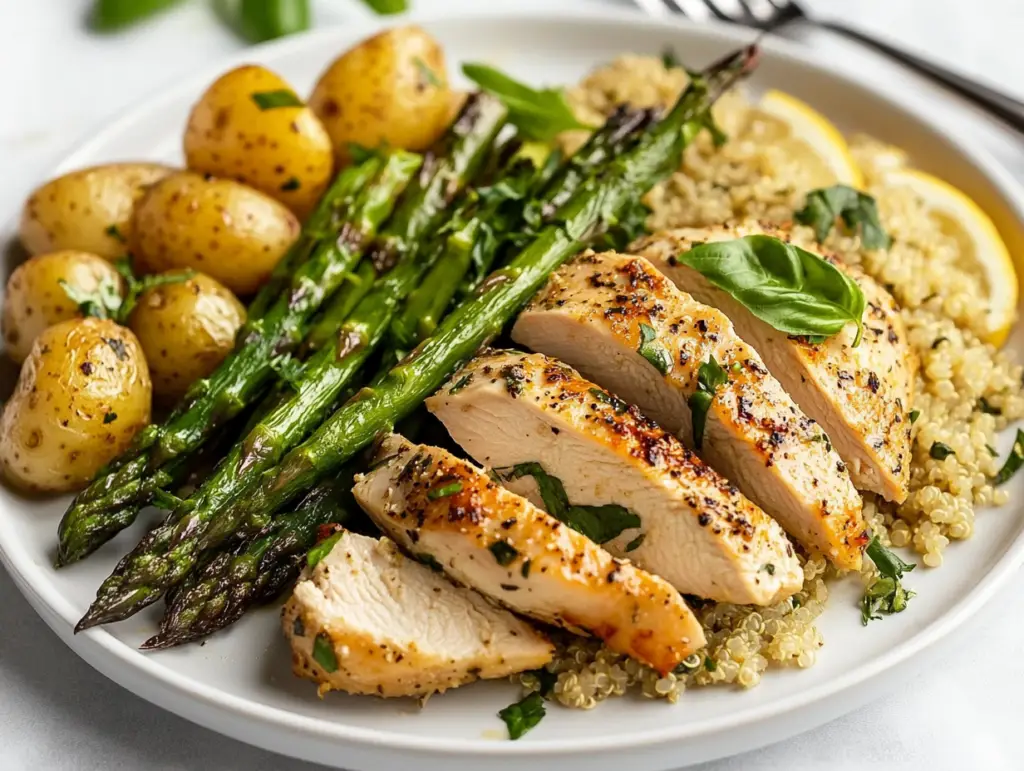Introduction to Meatloaf
Meatloaf is a timeless dish that brings warmth and comfort to dinner tables across the globe. Its simplicity, versatility, and rich flavor make it a favorite for many families, whether as a weeknight meal or a special treat.
What is Meatloaf?
Meatloaf is a baked dish made by mixing ground meat with ingredients like breadcrumbs, eggs, and seasonings, shaped into a loaf form. Traditionally made with beef, it can also include pork, turkey, or plant-based options. The dish is often topped with a flavorful glaze, such as ketchup or barbecue sauce, which adds a tangy and sweet finish.
A Classic Comfort Food Loved Worldwide
Meatloaf is known for its hearty texture and ability to adapt to various flavors and preferences. Paired with sides like mashed potatoes or roasted vegetables, it creates a meal that is both satisfying and comforting. Its familiar taste has made it a beloved choice in homes everywhere.
History of Meatloaf: From Traditional to Modern
The origins of meatloaf date back centuries, starting as a way to make use of leftover meats and scraps. Over time, it has evolved with the addition of new ingredients and flavors. Today, it’s celebrated as both a traditional family dish and a canvas for modern culinary creativity, offering endless variations to suit any taste.
Ingredients for a Perfect Meatloaf
A great meatloaf starts with the right ingredients. Whether you stick to the basics or try creative add-ons, these elements will help you make a delicious dish.

Core Ingredients
Ground Beef, Pork, or Turkey
- Why It’s Key: Ground meat is the foundation of meatloaf. Beef is a traditional choice for a rich flavor, while pork adds extra juiciness, and turkey offers a lighter, healthier option.
Pro Tip: Combining different meats can create a more flavorful and tender loaf.
Bread Crumbs and Eggs for Binding
- Why It’s Key: Bread crumbs absorb moisture, keeping the meatloaf moist, while eggs act as a binder to hold the ingredients together.
Pro Tip: Soaking bread crumbs in milk or broth adds even more tenderness.
Onion, Garlic, and Herbs for Flavor
- Why It’s Key: These ingredients bring depth and aroma to your meatloaf. Onion and garlic provide savory notes, while herbs like parsley or thyme add freshness.
Pro Tip: Sauté onions and garlic before mixing them in for a milder, sweeter flavor.
Add-Ons and Customizations
Adding Vegetables like Bell Peppers or Carrots
- Why It’s Great: Finely chopped vegetables add natural sweetness, moisture, and a pop of color to your meatloaf.
Pro Tip: Pre-cook the vegetables to enhance their flavor and texture.
Including Cheese for a Creamy Center
- Why It’s Great: Adding cheese creates a gooey, melty surprise inside the meatloaf. Popular choices include mozzarella, cheddar, or even a mix of cheeses.
Pro Tip: Place cheese in the center for a layered effect or mix it throughout for cheesy bites.
Using Spices Like Paprika or Cumin for a Twist
- Why It’s Great: Spices add warmth and depth to the flavor of your meatloaf. Paprika gives a smoky touch, while cumin provides a slightly earthy kick.
Pro Tip: Experiment with spice blends like Italian seasoning or taco spices for unique variations.
With these ingredients, you can create a meatloaf that is flavorful, moist, and perfectly suited to your tastes.
Step-by-Step Guide to Making Meatloaf
Follow these simple steps to create a moist, flavorful meatloaf that’s sure to please everyone at the table.

Preparing the Mixture
Combining Ground Meat with Seasonings
- What to Do: In a large bowl, combine your choice of ground meat with salt, pepper, chopped onions, minced garlic, and herbs.
Pro Tip: Taste test the seasoning by cooking a small portion before shaping the loaf.
Adding Eggs and Bread Crumbs for Texture
- What to Do: Mix in eggs and breadcrumbs to bind the ingredients and keep the meatloaf tender.
Pro Tip: Use soaked breadcrumbs for extra moisture, and ensure even distribution by mixing thoroughly.
Mixing Gently to Avoid Overworking the Meat
- What to Do: Combine the ingredients gently to avoid compacting the mixture, which can make the meatloaf dense.
Pro Tip: Use your hands or a spatula and stop as soon as everything is mixed.
Lodge Cast Iron – Best Meatloaf Pan – A durable cast-iron loaf pan for even cooking.
Shaping and Baking
Forming the Meatloaf: Freeform or Pan Molded
- What to Do: Shape the mixture into a loaf with your hands on a baking sheet or press it into a loaf pan for a neater appearance.
Pro Tip: Freeform meatloaf allows more crust to form, while pan-molded meatloaf holds its shape better.
Preheating the Oven for Even Cooking

- What to Do: Preheat your oven to 350°F (175°C) to ensure consistent cooking throughout the meatloaf.
Pro Tip: Use a wire rack under the loaf to drain excess fat if baking freeform.
Baking at the Right Temperature
- What to Do: Bake the meatloaf until it reaches an internal temperature of 160°F (71°C), which usually takes about 45-60 minutes.
Pro Tip: Check the temperature with a meat thermometer to avoid overcooking.
Adding the Glaze
Making a Sweet and Tangy Ketchup-Based Glaze
- What to Do: Combine ketchup, brown sugar, and a splash of vinegar for a classic glaze. You can also add mustard or hot sauce for extra flavor.
Pro Tip: Prepare the glaze while the meatloaf bakes to save time.
Brushing the Glaze Midway Through Baking
- What to Do: Spread the glaze over the meatloaf halfway through the baking time to allow it to caramelize.
Pro Tip: Apply a second layer in the final 10 minutes for a richer, shinier finish.
By following these steps, you’ll create a meatloaf that’s perfectly seasoned, moist, and beautifully glazed—ready to enjoy!
Tips for the Perfect Meatloaf
Master the art of making meatloaf with these helpful tips for achieving the perfect texture and flavor.
Ensuring the Right Texture
Choosing the Right Ratio of Meat to Fat
- Why It’s Important: Meat with too little fat can result in a dry loaf, while too much fat can make it greasy. A ratio of 80/20 (meat to fat) works best.
Pro Tip: Mixing meats, like beef and pork, creates a balance of flavor and moisture.
Avoiding a Dry Meatloaf with Moisture-Rich Add-Ons
- Why It’s Important: Ingredients like diced onions, grated carrots, or soaked breadcrumbs help keep the meatloaf moist.
Pro Tip: Adding a bit of milk or broth to the mixture also enhances moisture.
Letting the Meatloaf Rest Before Slicing
- Why It’s Important: Allowing the meatloaf to rest for 10 minutes after baking lets the juices redistribute, preventing them from spilling out when sliced.
Pro Tip: Cover the meatloaf lightly with foil while it rests to keep it warm.
Enhancing the Flavor
Adding Fresh Herbs Like Parsley or Thyme
- Why It’s Great: Fresh herbs bring a burst of flavor and brightness to the dish.
Pro Tip: Sprinkle extra herbs on top before serving for a fresh, vibrant garnish.
Incorporating Worcestershire or Soy Sauce
- Why It’s Great: These sauces add a savory, umami depth to the meatloaf.
Pro Tip: Mix them directly into the meat mixture or drizzle on top before baking.
Using Garlic Butter as a Hidden Center
- Why It’s Great: A surprise of garlic butter inside the loaf adds richness and a creamy texture.
Pro Tip: Freeze the butter slightly before adding it to keep it intact during baking.
Variations of Meatloaf
Meatloaf is a versatile dish that can be adapted to suit different diets and creative tastes.
Dietary Adaptations
Making Gluten-Free Meatloaf with Oats or Almond Flour
- What to Do: Swap breadcrumbs for rolled oats or almond flour to keep the meatloaf gluten-free without sacrificing texture.
Pro Tip: Use quick oats for a finer texture or certified gluten-free oats to avoid contamination.
Preparing a Vegan Meatloaf with Lentils or Tofu
- What to Do: Replace meat with lentils, mashed tofu, or a combination of both. Add breadcrumbs and seasonings to mimic the traditional texture.
Pro Tip: Use flaxseed meal mixed with water as an egg substitute for binding.
Low-Carb Options with Almond Meal or Cauliflower
- What to Do: Replace breadcrumbs with almond meal or add finely riced cauliflower to make the dish keto-friendly.
Pro Tip: Use cheese or eggs to help bind the mixture.
Creative Twists
Adding BBQ Sauce for a Smoky Flavor
- What to Do: Use BBQ sauce in place of ketchup for a smoky and tangy glaze. Mix some into the meat mixture for even more flavor.
Pro Tip: Choose a sweet or spicy BBQ sauce depending on your taste preference.
Stuffing with Spinach and Cheese
- What to Do: Layer sautéed spinach and cheese in the center of the loaf for a creamy, flavorful surprise.
Pro Tip: Mozzarella, ricotta, or feta are excellent cheese options for stuffing.
Incorporating Asian Flavors with Hoisin Sauce
- What to Do: Mix hoisin sauce, ginger, soy sauce, and sesame oil into the meat mixture for an Asian-inspired twist.
Pro Tip: Garnish with sesame seeds and chopped green onions for a finishing touch.
With these tips and variations, you can create a meatloaf that’s tailored to your dietary needs and bursting with flavor.
Serving Suggestions
Make your meatloaf meal complete with thoughtful side dishes and elegant presentation ideas.
Pairing Meatloaf with Sides
Serving with Mashed Potatoes or Rice
- Why It’s Great: Creamy mashed potatoes or fluffy rice complement the rich and hearty flavors of meatloaf perfectly.
Pro Tip: Add garlic or herbs to the potatoes for extra flavor.
Complementing with Roasted Vegetables
- Why It’s Great: Roasted vegetables like carrots, green beans, or Brussels sprouts add texture, color, and a healthy balance to the meal.
Pro Tip: Toss the vegetables with olive oil and seasoning before roasting for a caramelized finish.
Adding a Fresh Salad for Balance
- Why It’s Great: A crisp, refreshing salad with a tangy vinaigrette cuts through the richness of meatloaf, creating a balanced plate.
Pro Tip: Include ingredients like arugula, cherry tomatoes, and cucumbers for a bright and fresh side.
Brownie Cookies – A chocolatey, chewy treat to round out a homemade comfort meal.
Presentation Ideas
Garnishing with Fresh Herbs or Glaze Drizzle
- Why It’s Great: Fresh parsley, thyme, or a drizzle of glaze elevates the presentation and enhances the flavor.
Pro Tip: Sprinkle herbs just before serving to preserve their vibrant color.
Serving as Individual Mini Loaves for Elegance
- Why It’s Great: Single-serving mini loaves are perfect for entertaining or adding a touch of sophistication.
Pro Tip: Use muffin tins or small ramekins for easy portioning and even cooking.
Frequently Asked Questions (FAQs)
Answers to common questions about making and enjoying meatloaf.
Common Questions About Meatloaf
Can I Use Different Types of Meat?
- Answer: Yes! Beef is traditional, but you can use pork, turkey, chicken, or a combination for different flavors and textures.
Pro Tip: Mixing meats, like beef and pork, adds richness and moisture.
How Do I Prevent My Meatloaf from Falling Apart?
- Answer: Use enough binders like eggs and breadcrumbs, and avoid overmixing the ingredients to maintain the structure.
Pro Tip: Let the meatloaf rest after cooking to help it hold its shape.
What’s the Best Way to Store Leftovers?
- Answer: Cool leftovers completely, then store them in an airtight container in the refrigerator for up to 3-4 days.
Pro Tip: Reheat slices in the microwave or oven for a quick meal.
How Long Should I Cook Meatloaf?
- Answer: Meatloaf typically takes 45-60 minutes at 350°F (175°C), or until it reaches an internal temperature of 160°F (71°C).
Pro Tip: Use a meat thermometer to ensure doneness without overcooking.
Can I Freeze Meatloaf for Later?
- Answer: Yes! Wrap uncooked or cooked meatloaf tightly in plastic wrap and foil, then freeze for up to 3 months.
Pro Tip: Thaw frozen meatloaf in the refrigerator before reheating or baking.
Conclusion: Why Meatloaf is a Timeless Comfort Food
Meatloaf is more than just a meal—it’s a symbol of warmth, family, and versatility. With its ability to adapt to different tastes, dietary needs, and occasions, it remains a beloved dish across generations. Whether you stick to the classic recipe or try creative variations, meatloaf is a timeless comfort food that brings people together.

